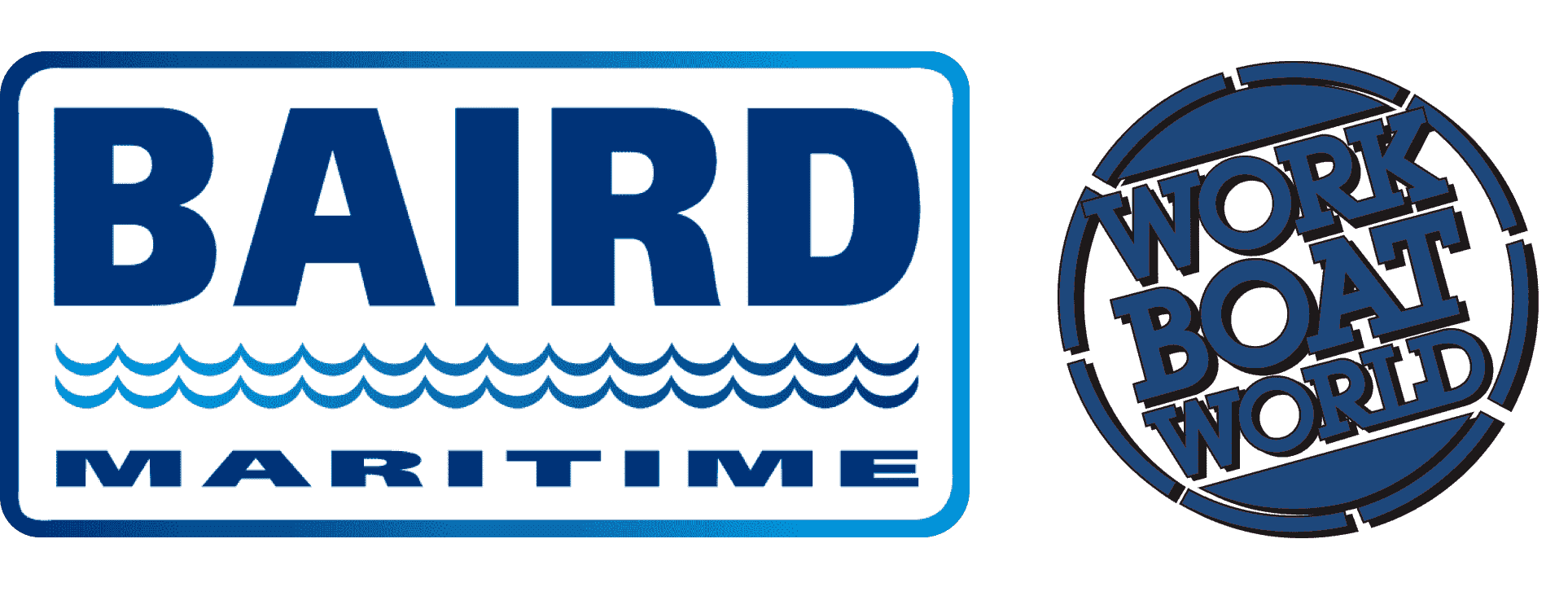VESSEL REVIEW | INS Mahabali, INS Baljeet & INS Bajrang – Ship assist and emergency response tugs delivered to Indian Navy
India’s Shoft Shipyard has handed over three new harbour tugs in a series to the Indian Navy.
INS Mahabali, INS Baljeet, and INS Bajrang were built by Shoft Shipyard for the Indian Navy. Construction of the vessels was undertaken in compliance with Indian Register of Shipping classification rules and with the national government’s “make in India” initiative, which stipulates the use of more than 50 per cent local content in their manufacture.
Fleet assist platforms suitable for port and channel waters
The three tugs will primarily be used for ship handling of the navy’s surface vessels and submarines. This function encompasses assistance during berthing and unberthing and during manoeuvring in confined waters such as in ports and channels.
The vessels each have an LOA of 29.5 metres (96.8 feet), a beam of nine metres (30 feet), a draught of 2.8 metres (9.2 feet), a depth of 4.3 metres (14 feet), and accommodation for 16 crewmembers.
Two Cummins main engines that each produce 1,200 hp (890 kW) at 1,800 rpm drive two ZF azimuthing propellers to deliver a service speed of 12 knots and a bollard pull of 25 tons at 85 per cent MCR.
Two 100kVA diesel generators meanwhile provide electrical power for all onboard systems.
Equipped for towing, rescue and firefighting
The deck equipment on each tug includes an electrically driven windlass, a 10-ton mooring capstan, a 12-ton SWL hydraulic towing winch, and a 25-ton SWL towing hook. The fendering meanwhile consists of heavy duty rubber fendering at the bow and the stern and underwater tyre fenders all around the hull.
The newbuilds are also capable of limited search and rescue as well as afloat firefighting assistance to ships alongside and at anchorage, thus providing the Indian Navy’s port facilities with expanded emergency response capability without the need to acquire additional platforms.
The external firefighting setup on each tug includes port and starboard monitors just aft of the wheelhouse and two pumps with a flow rate of 1,200 cubic metres (42,000 cubic feet) per hour. The wheelhouse itself boasts a split console layout.
The tugs also have fixed CO2 fire suppression systems in their engine rooms. Should evacuation become necessary, the crew on each tug have access to two 25-person liferafts.


